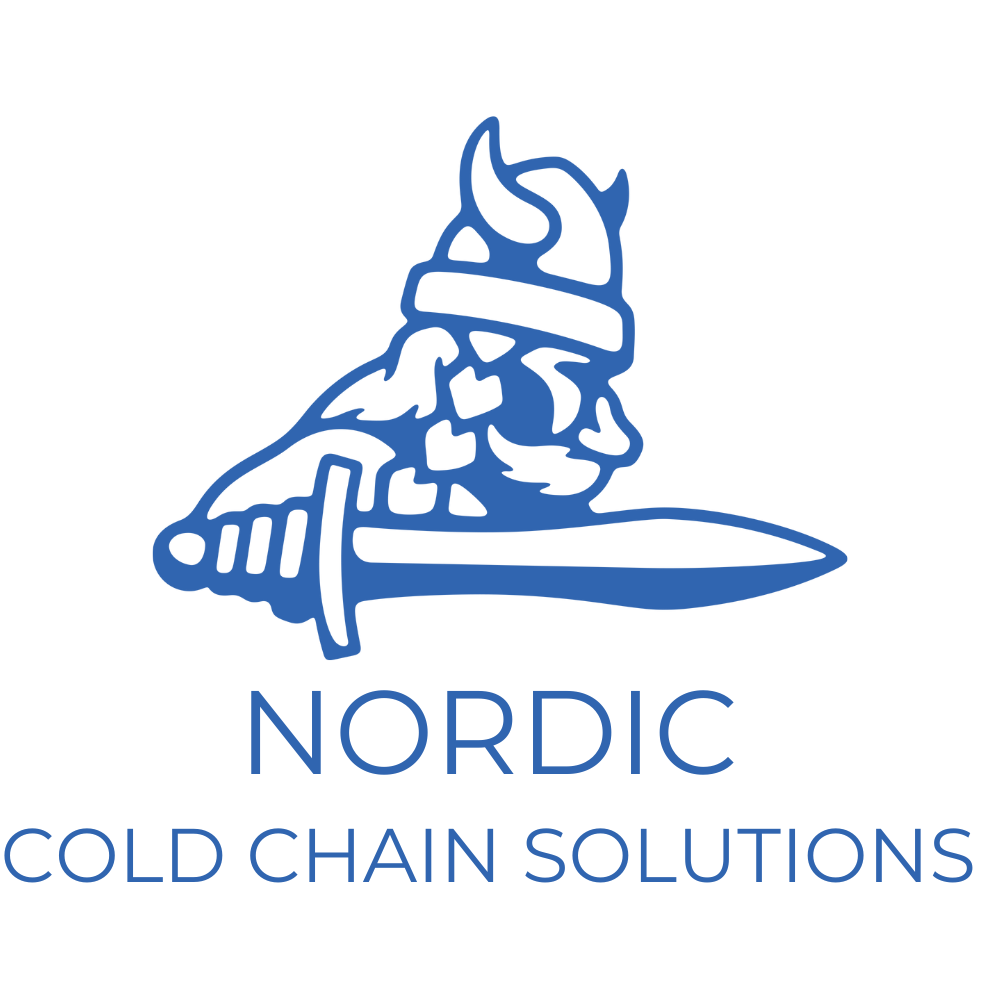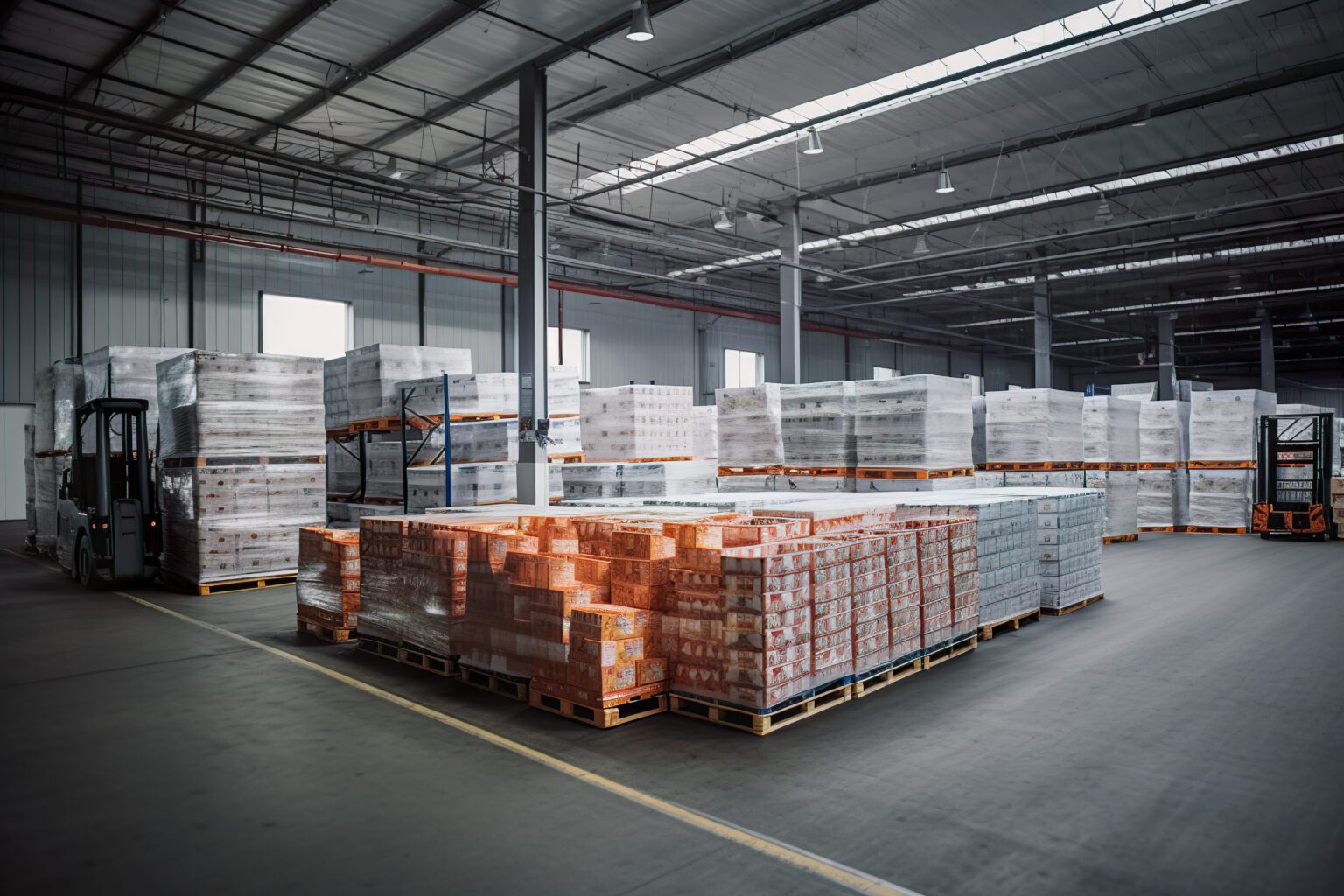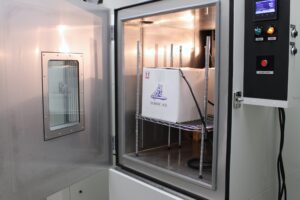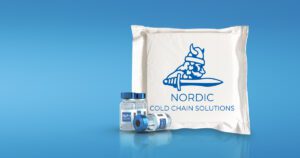Ensuring products are stored and transported correctly throughout their entire life cycle is critical for businesses of all sizes. Poorly managed cold chains can result in significant risks to product quality, safety, and durability due to frequent temperature fluctuations. That’s why companies must understand the basics of a comprehensive cold chain solution that ensures each item remains at its optimum temperature throughout storage and transit. Let’s take an in-depth look at the anatomy of a successful cold chain solution, from design principles to technology implementation and maintenance strategies that help maximize accuracy and longevity.
What are Cold Chain Solutions?
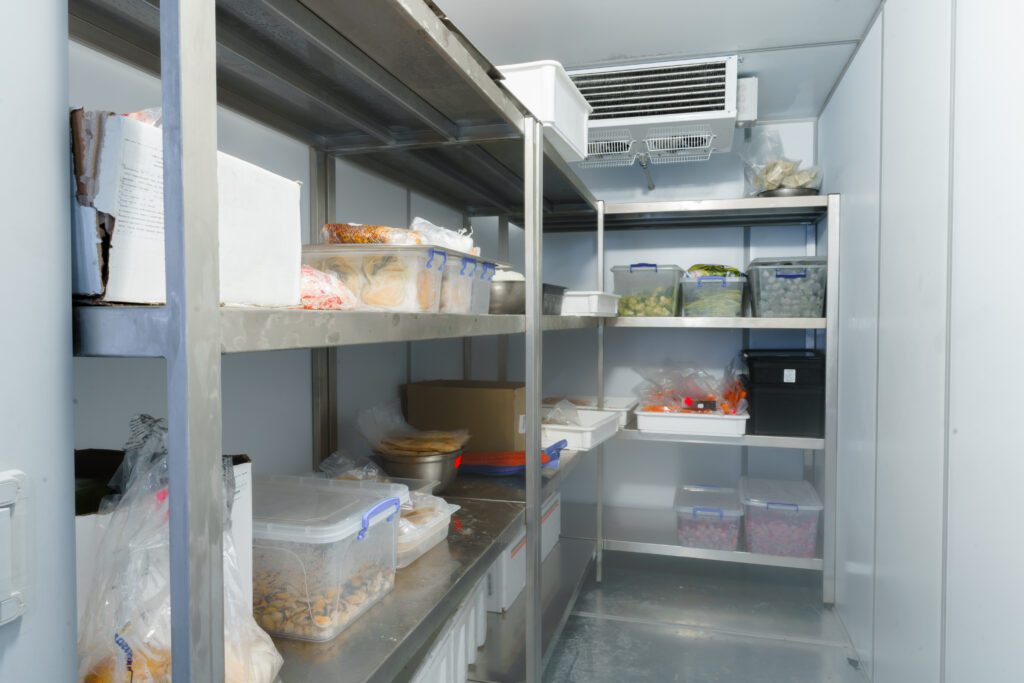
Cold chain solutions are integral to supply chain management in the food industry, pharmaceuticals, and biotech sectors. They are designed to maintain a specific temperature range for products as they move from one point to another within a network. Cold chain solutions help ensure that perishable items like fruits, vegetables, dairy products, and medicines remain in their original condition through technologies such as refrigeration and insulated containers. Cold chains protect biological agents from temperature variation when stored or transported.
Temperature-sensitive goods need strict regulation during various life cycle stages – storage, production, distribution, and delivery – to preserve quality and extend shelf life. Controlling temperatures can often be difficult due to environmental fluctuations along a product’s journey from its source point (e.g., farm) until it reaches consumer hands (e.g., retail store).
Cold chains are composed of several components, including technological infrastructure (coolers/refrigerators), equipment monitoring systems, packaging materials (insulated boxes), active/passive cooling elements such as gels or phase change materials [PCM], which absorb heat when exposed outside an ideal environment for a period of time), tracking devices that monitor packages at every step along the way and communication networks between IT systems across logistics systems connected throughout the vertical supply chain ecosystem [VSC].
Applications of the Cold Chain
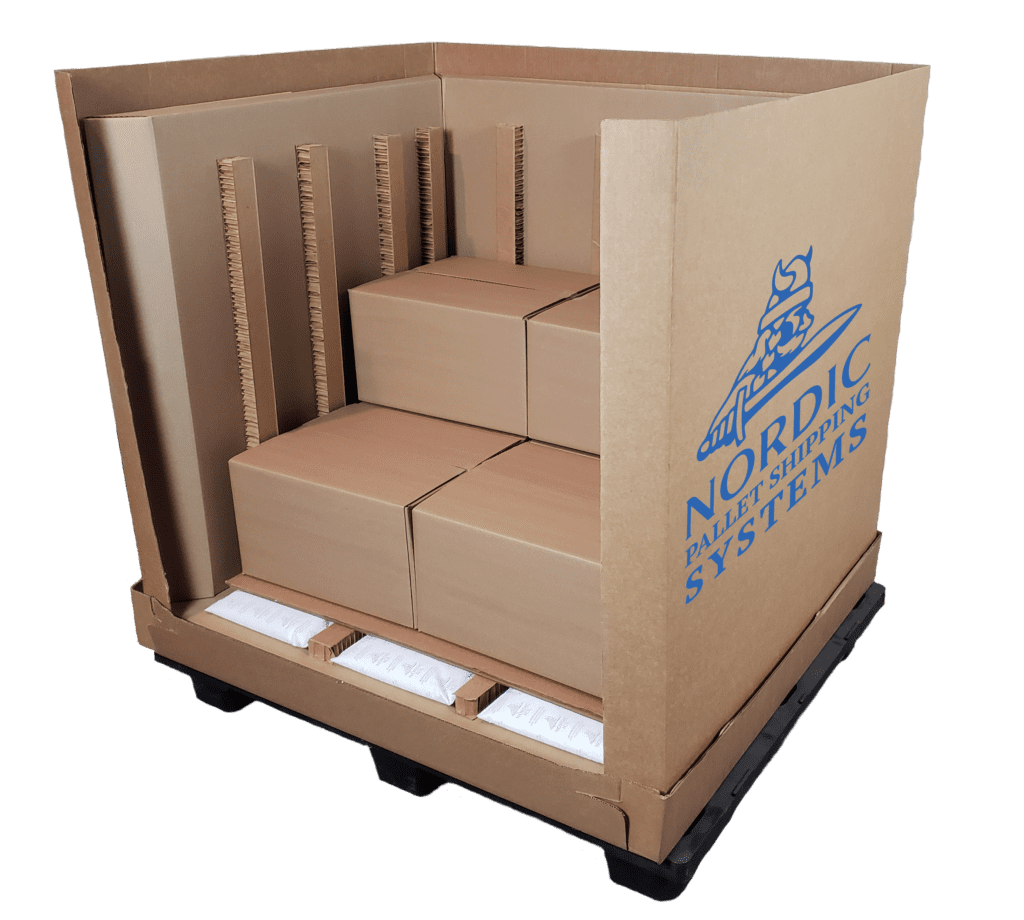
Cold chain technology has been used for centuries; in the past, it was simply known as cold storage. In modern times, however, the term “cold chain” reflects advances made in refrigeration science and technology that are now possible due to improved insulation materials and automated controls. In today’s world of global distribution networks where products can travel many miles from farm to fork (or doctor), these advances are becoming increasingly critical to provide safe goods for consumers.
- Food & Perishable: One of the most common applications of cold chains is transporting food & perishable items. As perishable goods have a limited shelf life, it’s crucial that they stay at specific temperatures during transportation and storage to prevent spoilage or contamination. This includes both short-term refrigerated transport (by trucks) and long-term frozen storage (in warehouses). For example, large volumes of fresh produce are transported in refrigerated containers from farms to supermarkets, where they are sold as edible items. In situations when there might be delays (due to weather conditions etc.), special equipment like gel packs can be added to the cargo along with other protective measures like careful packaging design so that food remains safe until its destination while retaining its quality standards.
- Pharmaceuticals: Pharmaceutical companies rely heavily on maintaining accurate temperature control throughout their supply chain process since any variance could affect the strength or effectiveness of the drug upon arrival at its destination — potentially putting patients at risk. This means these drugs typically need to remain within a narrow range from production through shipment until they reach their point-of-use location, such as pharmacies or hospitals where doctors prescribe them. Cold chain solutions vary depending on whether vaccines need regular refrigeration (2–8°C) or deep freezing (-20°C). However, all mandates must adhere strictly to government regulations on how these materials can be stored and shipped safely worldwide.
- Chemicals: Chemicals often require highly specialized shipping protocols due to their hazardous nature — some needing protection against extreme temperatures, while others are susceptible to small changes in humidity levels, etc.; thus, effective management between manufacturer sites almost always necessitates climate-controlled shipments via sea/land/air transportation utilizing dry ice generator filled containers to ensure required thermal stability is maintained en route.
Achieve Quality Control with Nordic Cold Chain Solutions
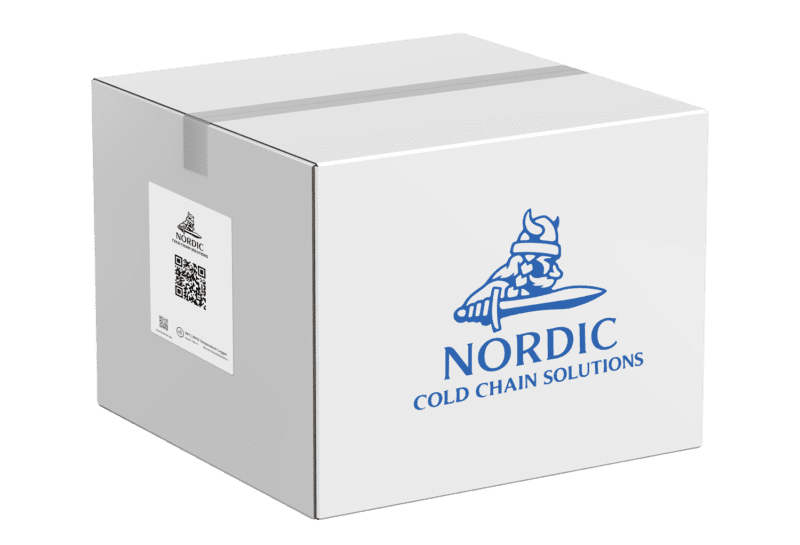
Cold chain technology has become increasingly pertinent in several industries as modern laws, regulations, and standards regarding product safety are implemented. Additionally, consumers demand fresher food and medicines that arrive quicker. This level of sophistication speaks to the intricate complexities of understanding cold chain technology and monitoring advances in regulatory requirements while keeping pace with consumers’ needs and expectations.
Therefore, employing the correct cold chain application is essential to achieve seamless quality control management and delivery against tight timelines. With Nordic cold chain solutions, companies are given all the necessary resources to ensure their products are safely stored and transported with minimal risk and maximum efficiency.
If you’re looking for help with managed cold chain solutions, contact us today – our team of experts can help you determine the best way to address your cold chain distribution needs.
